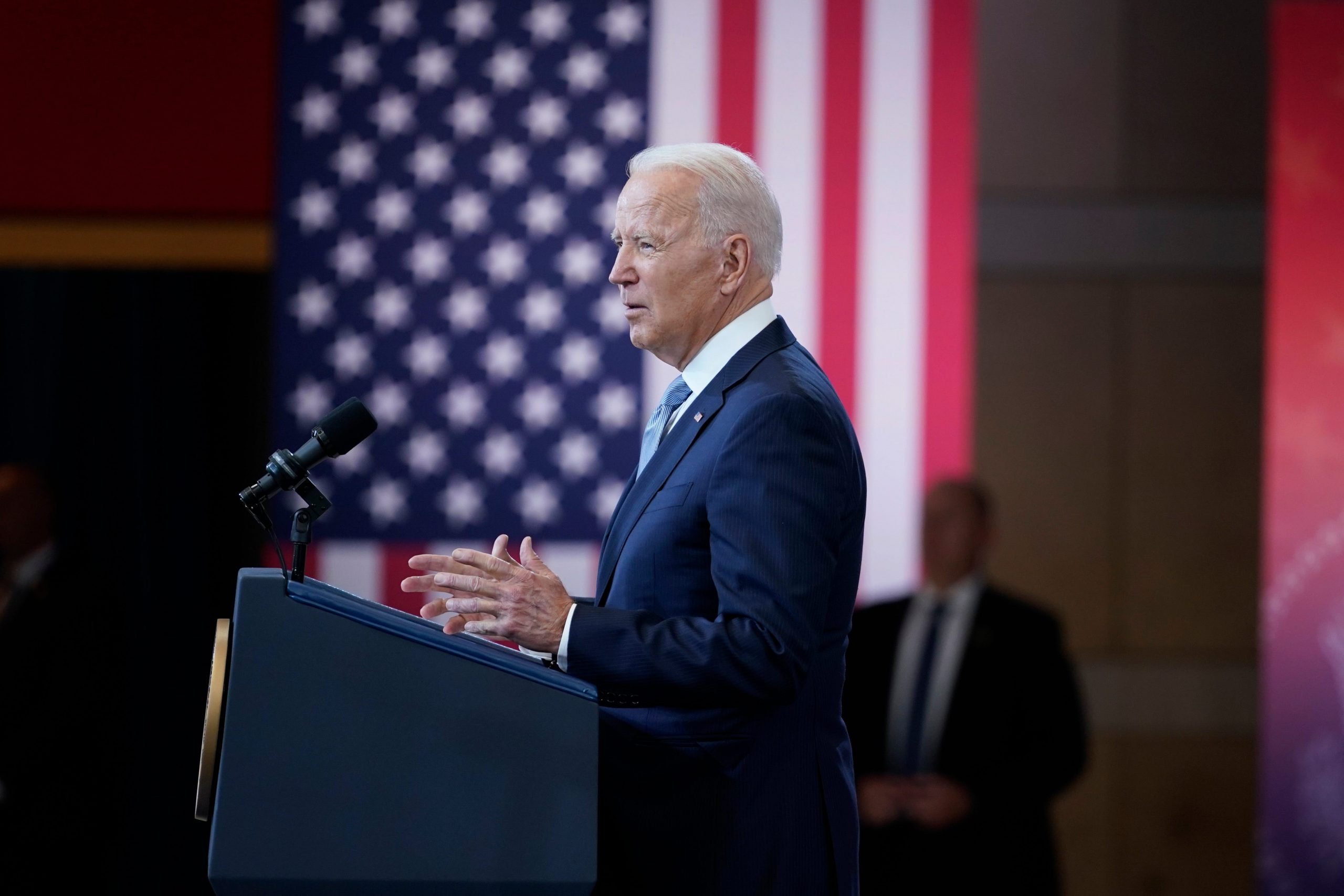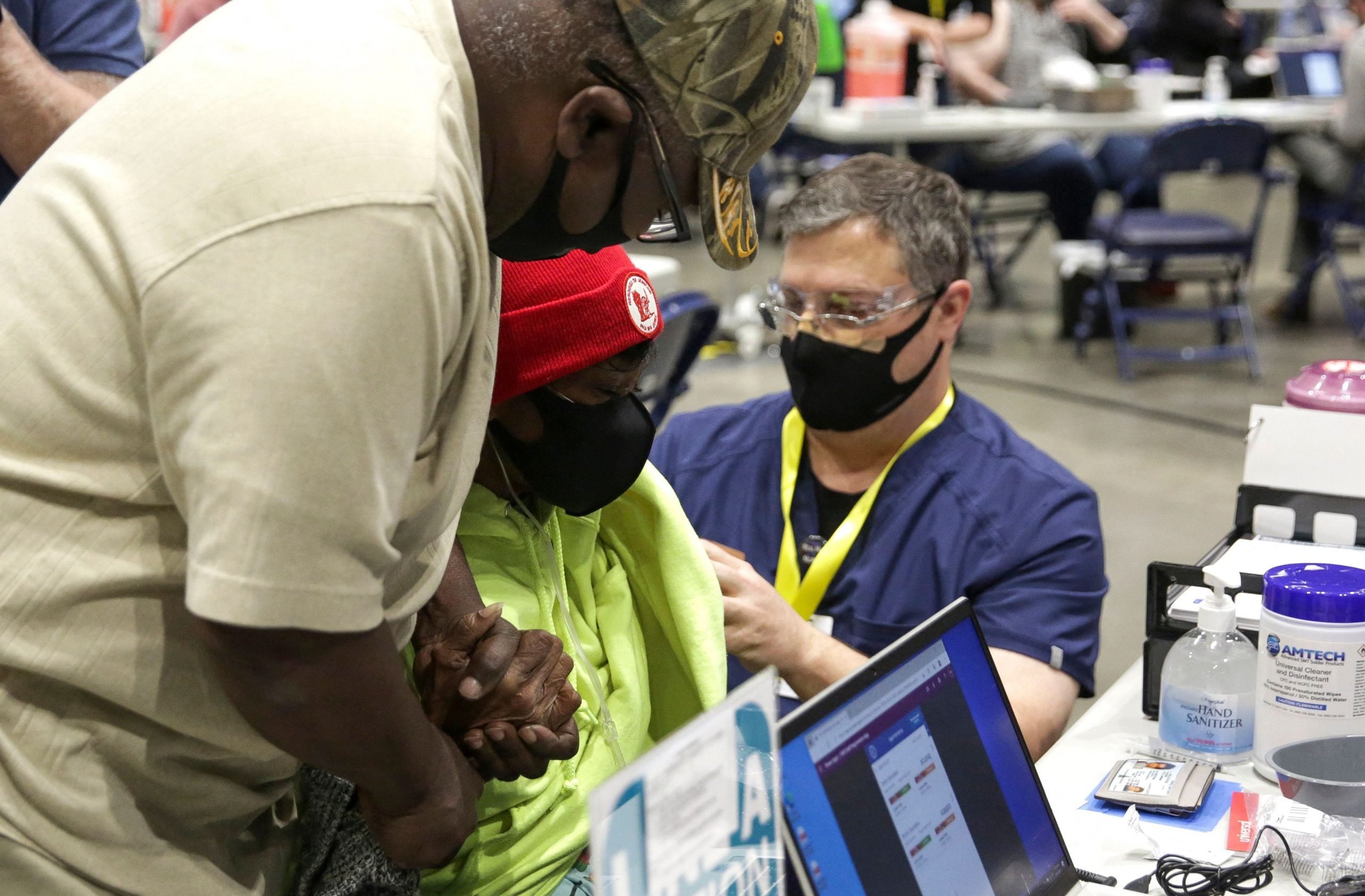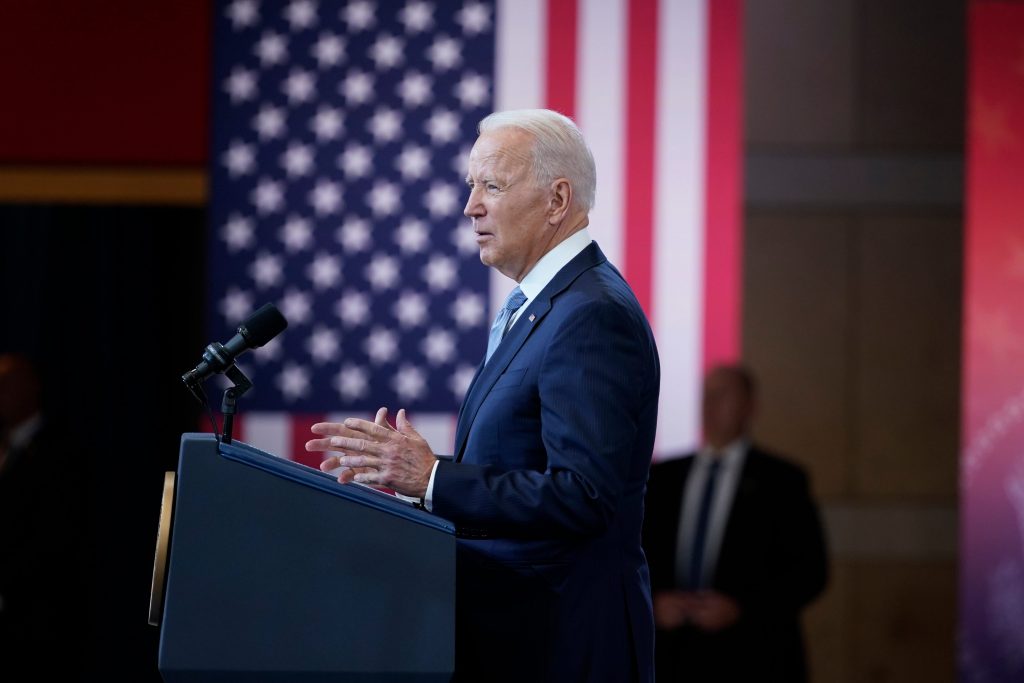
AP Photo/Evan Vucci
- President Joe Biden will mark six months in office on July 20.
- Biden enjoys unified control of government, but the Senate still has its complications.
- The administration has focused on battling COVID-19 and is strategizing how to continue the fight.
- Sign up for the 10 Things in Politics daily newsletter.
On July 20, President Joe Biden will have been in office for six months.
Since their January inauguration, Biden and Vice President Kamala Harris have been met with a host of challenges, most notably the coronavirus pandemic, which, since last year, has upended life as we know it.
However, on a range of issues, from steering a largely-reopened economy and facing immigration challenges at the US-Mexico border to reshaping the country's standing on the world stage and putting an imprint on the federal judiciary, Biden has made a clear pivot from the administration of former President Donald Trump.
Biden, who represented Delaware in the US Senate for 36 years before serving as vice president for eight years, is certainly not new to Washington, DC. But that familiarity has so far helped Biden navigate a city that he's intimately familiar with, despite being a place that has also become much more partisan in recent decades.
Here are five key figures that currently defining the trajectory of Biden's young presidency:
5.9%
In April 2020, during the height of the coronavirus pandemic, the US unemployment rate sat at 14.8%, a dizzying number that reflected the economic pain caused by businesses forced to shut down because of the deadly virus.
The June unemployment rate was 5.9%, with the economy adding 850,000 jobs last month, according to data from the Bureau of Labor Statistics. The economy added 583,000 jobs in May and 269,000 jobs in April, respectively, so June's numbers are a welcome sign in the long recovery in a post-COVID world.
The unemployment rate rose by 0.1% from May to June, but it was a reflection of an expanding job workforce.
Earlier in the spring, there were some concerns about job growth and the effectiveness of the $1.9 trillion COVID-19 relief package championed by Biden and congressional Democrats.
However, as COVID-related restrictions eased and vaccination rates increased since the beginning of the year, the economy has clearly benefited.
60.3%
After nearly six months in office, FiveThirtyEight's polling average has Biden's overall approval rating at 52.4%, with 42.5% disapproving of his performance, reflective of his relatively stable numbers over the past few months.
However, when it comes to Biden's handling of the coronavirus, the FiveThirtyEight polling average has Biden at 60.3% approval, with 31.6% disapproving. Trump after his first six months in office held an 39% approval rating, with 55% disapproving, making him the most unpopular president at the 6-month mark, according to FiveThirtyEight.
Biden has consistently had higher numbers for his handling of COVID-19 relative to his overall approval rating, even among Independents and Republicans.
161.2 million
As of July 18, 161,232,483 Americans have been fully vaccinated, representing 48.6% of the total population, according to the Centers for Disease Control (CDC).
Fully-vaccinated individuals have received two shots of the Pfizer-BioNTech or Moderna COVID-19 vaccines, or one shot of Johnson & Johnson's Janssen COVID-19 vaccine.
However, 186,038,501 Americans have received at least one dose, which equates to 56% of the total population.

Jason Redmond/AFP/Getty Images
While many people were fighting to find appointments earlier this year, many sites offer now walk-in appointments as vaccination rates lag in many parts of the country.
Vaccine hesitancy is a real thing, and Biden, who pledged to prioritize fighting the virus during his presidential campaign last year, is trying to find new ways to encourage people to get their shots, especially as the highly infectious Delta variant of the coronavirus takes hold across the country.
The administration missed its goal of 70% of the population having received at least one vaccine shot by July 4, but Biden recently outlined a strategy of a door-to-door effort to help protect the unvaccinated against the virus, along with getting vaccines to primary-care physicians and physicians.
50
Earlier this year, Democrats were thrilled to win back control of the Senate after sweeping the dual Georgia runoff elections, which gave them 50 Senate seats. However, with Republicans also possessing 50 seats, Democratic control is only a reality due to Harris's ability to break ties in the evenly-divided chamber.
While Democrats have been able to get virtually all of their major Cabinet and administration nominees through the Senate, along with their ability to push through judicial nominees, they still have to contend with the legislative filibuster, which can be used when major legislation fails to meet the 60-vote threshold to cut off debate.

Kevin Dietsch/Getty Images
Party leaders desperately want to pass their marquee For the People Act, or S.1, the sweeping voting-rights bill that would end partisan gerrymandering, expand early and absentee voting, and establish national standards for voter registration, among other measures.
However, moderate Sens. Joe Manchin of Arizona and Kyrsten Sinema of Arizona have not relented from their longstanding pledges to keep the filibuster intact, which will continue to limit how much the administration can actually sign into law.
$3.5 trillion
Senate Democrats last Wednesday reached a deal on a $3.5 trillion infrastructure bill that would feature infrastructure priorities focused on childcare, clean energy, and education. This legislation would be separate from the bipartisan $1 trillion infrastructure framework crafted by a small group of senators and the White House.
However, the bill will have to be passed through reconciliation, which Republicans have already rejected on the grounds of its cost and its reach into areas that they deem as unrelated to infrastructure.
By using the budget reconciliation process, Democrats can pass the bill with a simple majority and avoid a filibuster.
Democrats are determined to pass a larger party-line package, though, and with the filibuster still intact, now will likely be the party's best chance to enact such a massive piece of legislation before the 2022 midterm elections.
